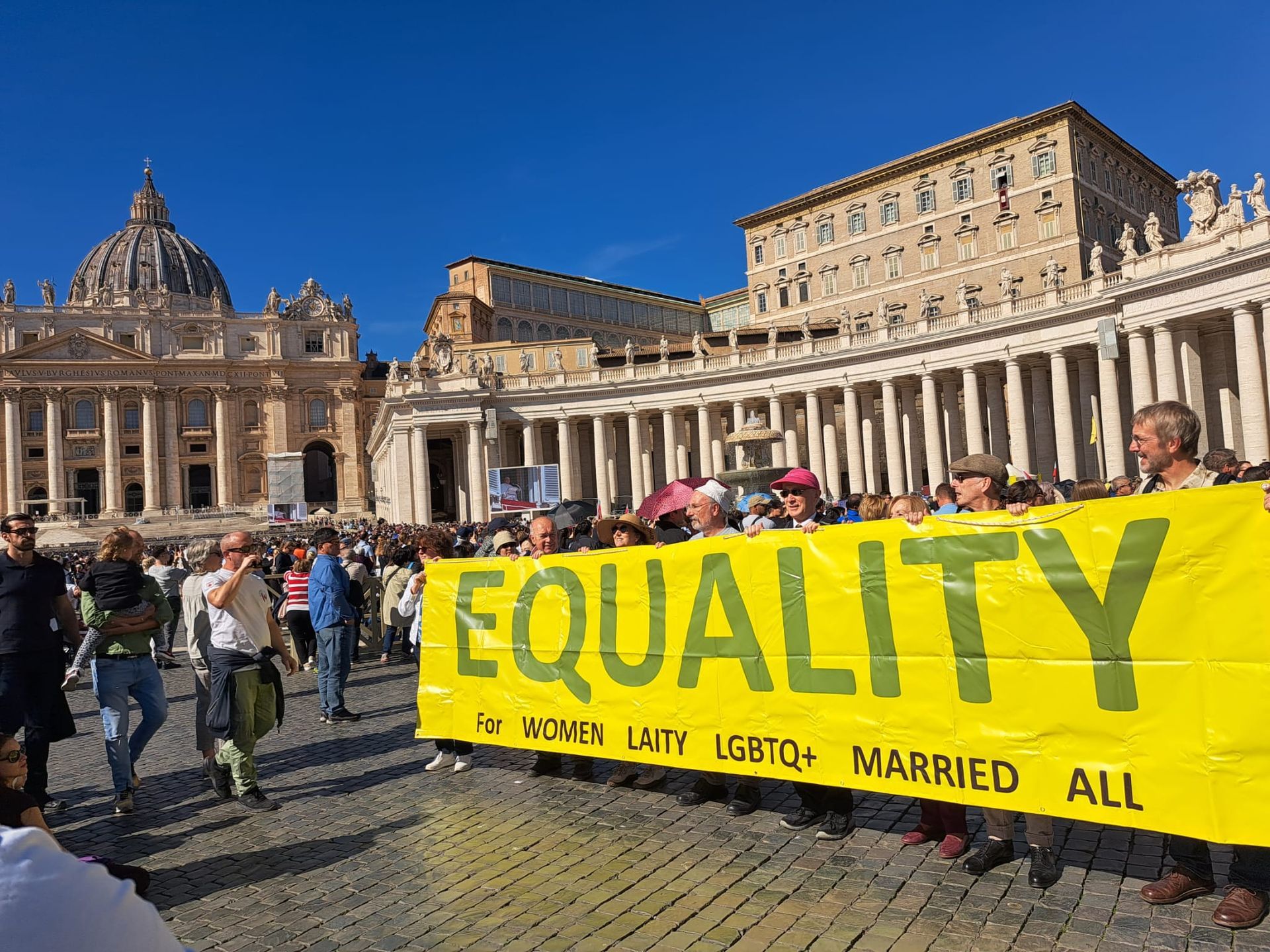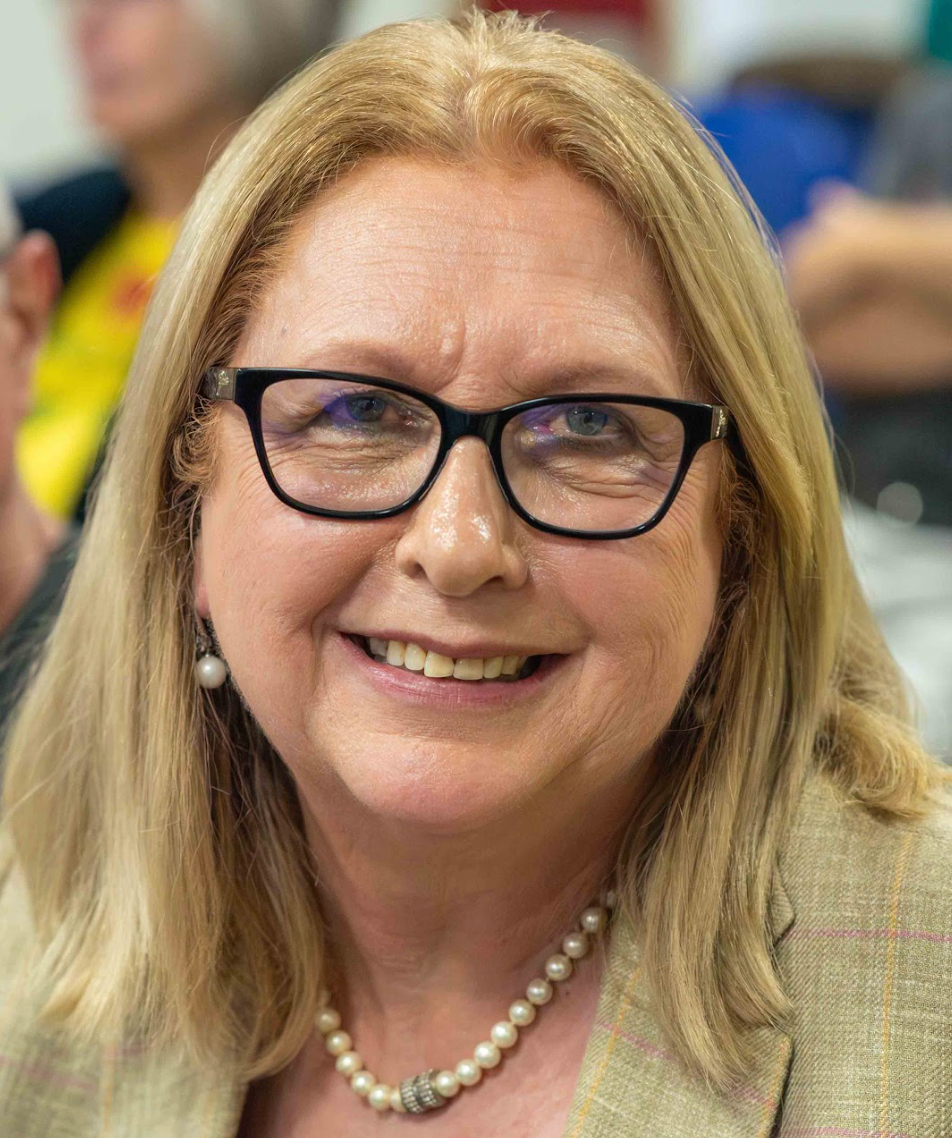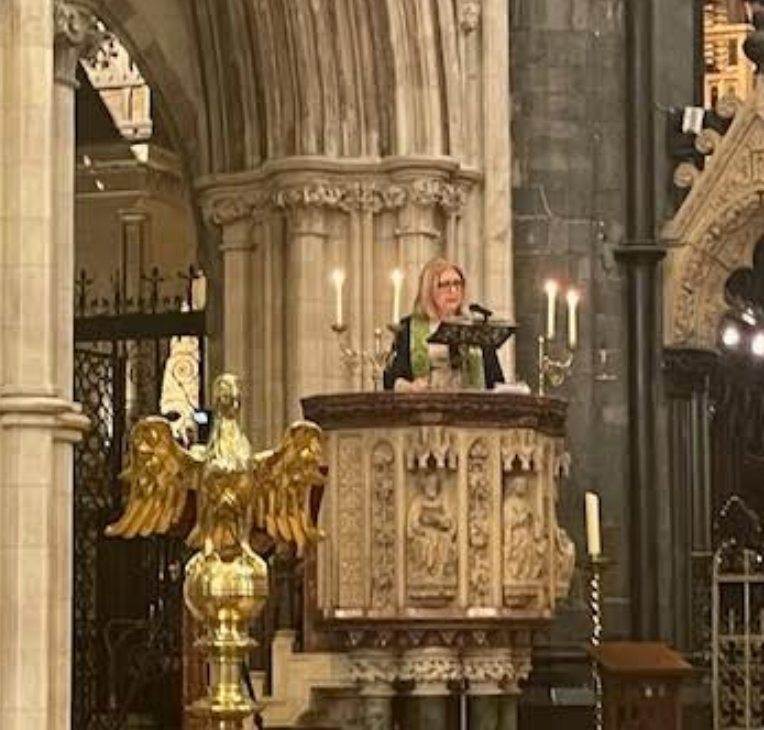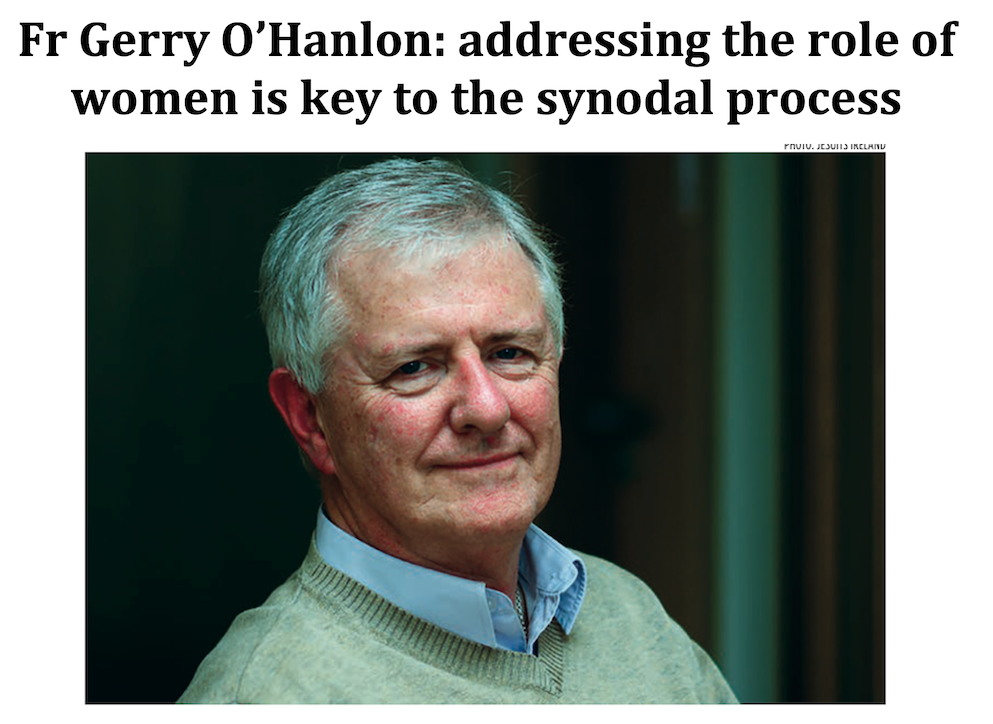Blog Layout
Australia's Plenary Council
David Timbs and Peter Wilkinson (Catholics for Renewal) • 15 May 2021
Getting Back On Mission
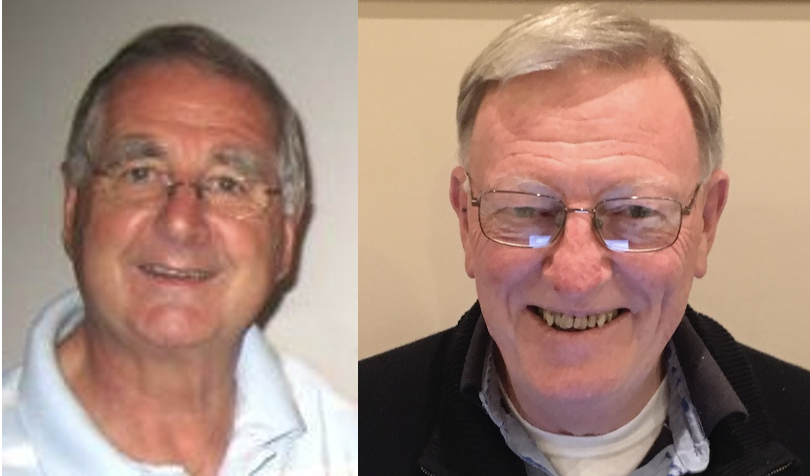
David Timbs and Peter Wilkinson (Catholics for Renewal) gave an excellent ZOOM presentation today (15 May 2021) to WAC Ireland, particularly relevant to our proposed national Synodal Assembly in Ireland.
A summary history of the Catholic church in Australia showed the strong Irish influence with Archbishop Cullen appointing 12 relations and students of his as bishops. His nephew Cardinal Patrick Moran organised 3 Councils (1885, 1895 & 1905) to build a united national Australian church with uniformity of discipline and authority. And a troika of Irish bishops in Melbourne, Brisbane and Adelaide held sway for a long period.
The Australian bishops took very little notice of Vatican ll, preferring to refer to the Bishops Conference and allowing each bishop to do his own thing in his own diocese.
The clerical abuse and cover ups scandal led to the Victoria Enquiry “Betrayal of Trust” Report. A journalist Therese McCarthy and Prime Minister Julia Gillard led to the setting up of a Royal Commission which received cross partisan support, took 4 years and cost hundreds of million dollars.
Catholics for Reform published “Getting Back on Mission” to focus attention on the underlying issues of dysfunctional governance: Secrecy; Power; Honour; Shame – on which the Roman Catholic hierarchy is built.
In Australia 50% of priests are from overseas on limited contracts. This leads to a lack of continuity (most stay only for the contract period). Regular mass attendance has declined from 74% (1954) to 12% (2016).
Archbishop Coleridge: “ Our credibility is shot to pieces.”
Bishop Long: “Our reputation and credibility are effectively destroyed.”
Archbishop Coleridge attended a synod in Rome at which Pope Francis said: “Synodality is not some of the bishops some of the time; it is all of the church all of the time.”
The Australian bishops today are evenly divided between conservatives and progressives. At the last election for head of the Australian Bishops Conference the voting was 20 votes each for Archbishop Coleridge and Archbishop Fisher. Archbishop Coleridge was appointed as he was ordained earlier than Fisher.
In 2018 when the Plenary Council was announced, Archbishop Coleridge said “everything is on the table.” But since then some of the other bishops have suggested that doctrinal issues and church teachings can not be discussed.
The Plenary Council has had 3 stages:
1. Listening and Dialogue
1.1. Question for all: “What is God asking of us in Australia at this time?”
1.2. They received 17,500 written submissions (4,7000 from individuals; 12,800 from groups).
2. Listening and discernment
2.1. This produced 6 National Themes from the 17,500 submissions.
2.2. Much more useful were the individual diocesan reports which gave weightings to the different issues.
3. Call for Participants
3.1. Each diocese used their own processes which were very opaque.
3.2. This resulted in 257 Delegates (35 bishops with a deliberative vote and 222 lay people with a consultative vote)
3.3. Catholics for Renewal appealed for a dispensation from Canon 433 which limits the number of lay people.
3.4. The Vatican agreed the dispensation and allowed an extra 40 (mostly women).
3.5. The Vatican also ruled that all attending were Members and not Delegates.
3.6. The Plenary Council is now made up of 280 Members:
3.6.1. 39 Deliberative Votes
3.6.2. 241 Consultative votes.
3.6.3. The Deliberative Votes over rule the consultative votes.
3.7. Of the 280 Members:
3.7.1. 52% are clerics
3.7.2. 48% are lay persons (most of whom are employed in church institutions)
3.8. Of the 280 Members:
3.8.1. 67% are Male
3.8.2. 33% are Female
3.9. The contact details for most of the Members have not been published. Unaccountable representatives?
Due to the pandemic the timetable has been changed:
Instrumentum Laboris was published January 2021 – a major disappointment
The Agenda is expected this month
Advisors, Experts and Guest Bishops (all non – voting) to be appointed
Members training in June/July 2021
First meeting in October 2021 in Adelaide; multi modal & regional hubs
Second meeting in 2022 in Sydney
The bishops elected Bishop Costello of Perth as President of the Plenary Council.
Pope Francis in Amoris Laetitia stressed the Primacy of Conscience. The people of God in difficult situations can work out solutions to difficult issues like divorce and re-marriage. Reference was made to John O’Malley’s book “History of Change.”
The Australian bishops appear to have stacked the Plenary Council with fellow travellers. Inertia seems to be their tool of management. Cardinal Newman said listening to the people of God is not an act of charity; the bishops have a duty to listen.
Catholics for Renewal have two major concerns:
1. The Voting process. They would expect the bishops to have to publish their reasons if they vote against the Consultative vote. The bishops say they are not obliged to do so.
2. The Oath of Fidelity which all Members must take in support of the deposit of faith. This is broadly based on Pope Pius X letter Vehimenta Nos to the French hierarchy which refers to those who lead and those who follow. The deposit of faith expands from core doctrines to include the common discipline of the entire church and the Code of Canon Law!
The German Synodal Path does not have any oath for its Members; there all issues are on the table; all Members have votes, but for approval of resolutions there must be a two thirds approval from BOTH the full assembly AND two thirds of the bishops on their own.
Colm Holmes
15 May 2021
Notes:
1. The book “Getting Back On Mission” can be ordered from HERE
2. Catholics for Renewal website HERE
Share
Tweet
Share
Mail
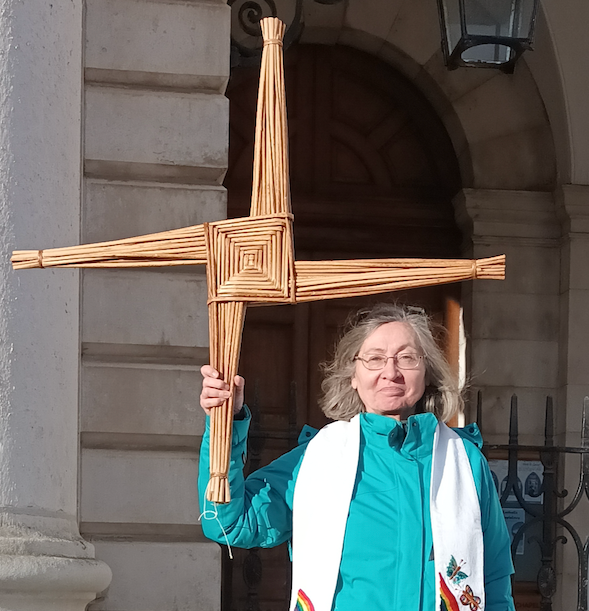
by Soline Humbert
•
25 February 2025
A reflection by Soline Humbert for the Women’s Ordination Conference Retreat “Hidden Springs, Holy Radiance” 9 February 2025 [ see recording on YouTube https://www.youtube.com/watch?v=szP5h1kzEsU ] We have been gathering over the past three days in the presence of Brigid of Kildare, and I am sure she has brought gifts to each one, for my experience is that she is attentive to our needs and very generous with her help. At this stage I just want to share some of my own life journey with Brigid. I first encountered her in 1969 when I came from France to Ireland as a child on holidays to learn English. I went to a small Irish town called Tullow. As it happens it was in Tullow that on the first of February 1807 the order of nuns of St Brigid which had been dissolved at the Reformation, had been refounded by a far-sighted bishop. Symbolically an oak sapling had been brought from Kildare Town, from the church of the oak, to Tullow and planted in the grounds of the Brigidine convent where I took English classes. It was by then a majestic oak tree. It still stands to this day. Coincidentally and somewhat ironically, 1969 was also the year that Pope Paul the 6th removed St Brigid, along with 193 other saints, from the Universal Roman Calendar of saints. The reason being that there wasn’t enough evidence for her existence! That despite the fact she was the most mentioned Irish person in the writings of several centuries after her death... What was true was that her flame had been somehow extinguished, and her importance diminished in a deeply clericalised and patriarchal church as Ireland was at the time. She was in the shadow of St Patrick and very much the secondary patron Saint, reflecting the secondary position of women in general. But change was slowly happening. Having discovered in myself a vocation to the priesthood I eventually co- founded a group for women’s ordination and launched a petition to open all ministries to women in February 1993. At the very same time, which I consider providential, the flame of St Brigid was rekindled by the Brigidine sisters in Kildare Town. Women were stirring after a very long wintertime in the church and in society and becoming more fiery. Brigid with her torch was blazing a way for equality. It is then, and only then, that I came across the story of her ordination as a bishop and I remember my astonishment for I had never read anything like that before, or since, for that matter. Of course, while this fact was mentioned in many of the lives of Brigid going back to the first millennium it had been quietly left out of the pious descriptions of her life which were fed to the people. The way the story is recounted makes it clear that her ordination was considered to be very much the doing of the Holy Spirit. Objections about her gender were voiced but powerless to negate what God had done. It reminds me very much of the passage in the Acts of the Apostles when St Peter is amazed to discover that the Holy Spirit has descended on Cornelius, a gentile, and which leads him to conclude that “God has no favourites”. Brigid’s episcopal ordination at the hands of a bishop overcome by the Spirit is also a powerful affirmation that when it comes to ordination God has no favourite gender. Her ordination’s divine origin shows that Brigid was a bishop because God ordained it, and her. A very subversive truth our Church has yet to learn... As we campaigned for women’s ordination we made sure that this episode from Brigid’s life was brought into the open, again and again, despite clerical efforts to dismiss this dangerous historical memory as pure legend and keep it buried. Interestingly when the Anglican Church of Ireland, (Episcopalian) ordained their first woman bishop in 2013 it was to the diocese of Meath and Kildare! A very symbolic act. I have often gone to St Brigid’s Well in Kildare, a little oasis of peace, to spend some time with Brigid and re-source myself by the gently flowing water. After the First Women’s Ordination Worldwide Dublin international Conference in 2001 I went there again on the anniversary of my baptism and I hung my purple stole on a tree overlooking the well. I had worn that stole for many years as a sign of waiting. From now on I would wear stoles of other colours. And a few years ago, I found myself back in Tullow, as a guest speaker at the invitation of the Brigidine sisters for an international celebration. It was very moving to be able to speak of my calling to priesthood in the place where the order of St Brigid had been revived and where I had first come as a child half a century beforehand! That day I sensed very much the presence of Brigid the bishop and I was filled with joy and gratitude. In some ways we can say St Brigid has risen up and is leading the way for women to rise up. Although a woman in what was very much a man’s world and a man’s church, Brigid exudes a remarkable confidence in her being, in her words and in her actions. No doubt that confidence was rooted in a deeply contemplative life nurtured by prayer. “From the moment I first knew God, I have never let him out of my mind, and I never shall”. She embodies the authority which stems from being filled by the Spirit and a leadership at the service of peace, justice, hospitality to the strangers, charity to the poor and marginalised, reconciliation, healing and harmony with creation and care of the earth. The two Scripture readings we have just heard are very fitting for she was renowned for her practical care and generosity to those in need or suffering. Like Christ, she went around doing good. I must not be the only one who saw and heard in Episcopalian bishop Mariann Budde’s recent words the spirit of St Brigid as she used her God- given authority to plead for mercy for the people in vulnerable situations in the face of unbounded cruelty. Brigid is a bold, dynamic presence. She is said to be a woman of the threshold, of liminal places, and she is a sure guide for our times when we also are in transition on the threshold of a new church and a new world too. She calls to us to step boldly forward with our torches burning brightly, bringing the light and warmth of God’s Love to a world gone cold in the grip of darkness and despair. Her life reminds us that with “God nothing is impossible” and to expect miracles. I shall end on a light- hearted note: I went on pilgrimage to St Brigid’s Well and Solas Bhride in Kildare last Tuesday to prepare for this retreat. On the way back from the well and driving through the wide expanse of the Curragh where thousands of sheep graze freely I started seeing a multitude of rainbows. It reminded me of one of the many whimsical stories about Brigid: Caught in a rainstorm, she hangs her mantle on a sunbeam to dry. Dripping from its edges, colourful rainbows form in the water droplets, and her mantle is ‘bright’ with colour. Lady, from winter’s dark, Star of Imbolc, rise! Dance across our threshold: Scattering warm laughter Seeds of hospitality, Tolerance, forgiveness! Return again to the folk: You the Spring we yearn for! (Tom Hamill)
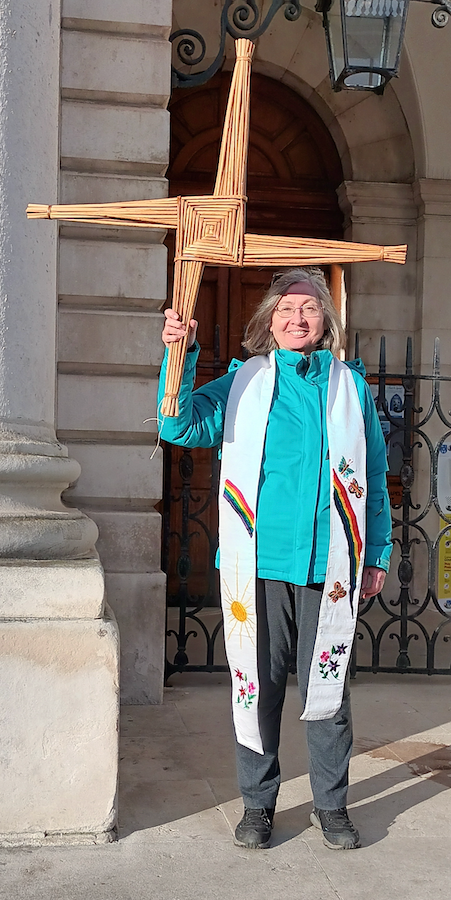
Women are a problem for the Catholic Church, an institution with ingrained misogyny - Soline Humbert
by Colm Holmes
•
4 November 2024
Papal plámás is no substitute for an end to discrimination against women
About us
We are working to develop inclusive communities based on our 6 Aims, while being open to engage with all sections of the church about our lives in the church today.
Contact Info
00353 86 8151054- John
info@wearechurchireland.ie
For correspondence & merchandise:
We Are Church Ireland
C/O 49 Rockfield Avenue,
Perrystown,
Dublin 12.
D12H6F6
Ireland
We Are Church Ireland
C/O 49 Rockfield Avenue,
Perrystown,
Dublin 12.
D12H6F6
Ireland


